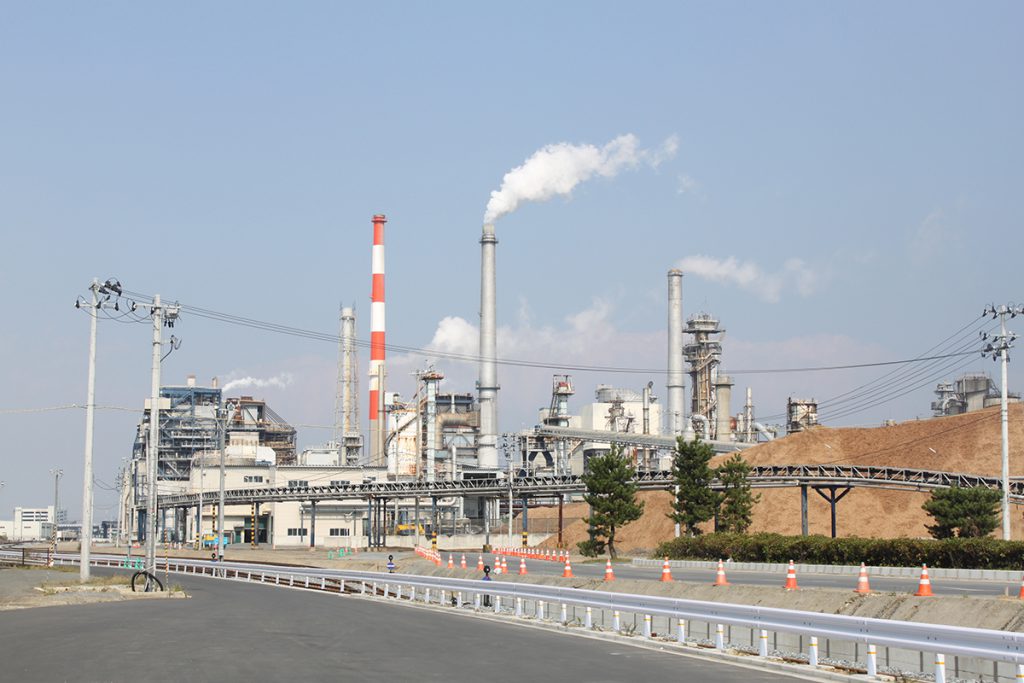アムステルダム市長とアムステルフェーン市長のインタビュー
Interview with the Mayor of Amsterdam and the Mayor of Amstelveen
撮影 2012年9月28日
3がつ11にちをわすれないためにセンター
center for remembering 3.11
http://recorder311.smt.jp/
せんだいメディアテーク
sendai mediatheque
http://www.smt.jp/

アムステルダム市長とアムステルフェーン市長のインタビュー
Interview with the Mayor of Amsterdam and the Mayor of Amstelveen
撮影 2012年9月28日
3がつ11にちをわすれないためにセンター
center for remembering 3.11
http://recorder311.smt.jp/
せんだいメディアテーク
sendai mediatheque
http://www.smt.jp/
Where Is The Biggest Garbage Dump On Earth?
Plastic Ocean by United Nations
There are five gyres in the world: north and south of the Atlantic Ocean, north and south of the Pacific Ocean and Indian Ocean.
These high pressure gyres are created by weather systems where atmosphere builds up like a mountain, and the heavier weight of atmosphere pushes down on the ocean’s surface, that creates the pressure near the center.
Hawaii is in the North Pacific Central Gyre (Eastern garbage patch).
United Nations Environment Programme
https://www.unenvironment.org/

After being affected by the Great East Japan Earthquake, Nippon Paper Industries Co., Ltd. resumed operation of Paper Machine N2 and Coating Machine 2 at the Ishinomaki Mill (Ishinomaki, Miyagi Prefecture) today. As a result, the production capability at Ishinomaki Mill has recovered to around 850,000 tons/year, with all six paper machines and two coating machines at the mill having resumed operations based on the Plan for Paper Business Revitalization released in August of last year.
当社は、東日本大震災により被災した石巻工場(宮城県石巻市)において、本日、N2号抄紙機・2号塗工機の営業運転を再開いたしました。これにより石巻工場では、昨年8月に発表した「洋紙事業の復興計画」に基づき復興作業を進めてきた抄紙機6台、塗工機2台がすべて操業を再開し、生産能力は約85万トンまで回復しました。
http://www.denhaag.nl/en/residents/to/Department-of-Archaeology.htm
Department of Archaeology
History of The Hague
Published: 25 November 2011 Modified: 25 November 2011
People left traces and things behind in the ground, and those are regularly found again. Every object has its story: about the city’s past and about how its people lived and built, and what they ate. These stories are worth preserving and their archaeology needs proper care.
Visitors can admire unearthed gems during an open day.
This is why 25 years ago The Hague set up its own Department of Archaeology. This subdivision of the Department of City Management (Dienst Stadsbeheer) evaluates building plans, carries out excavations and stores archaeological finds and information. It presents new discoveries to scientists and the general public through exhibitions, open days, publications, education material and audiovisual productions.
Download a map of archaeological sites in and around The Hague.
When to dig
Archaeologists excavate whenever construction or demolition activities threaten the archaeology in the ground. The archaeology department is involved from the planning stage onwards. Auguring is used to test potential sites, and when necessary the sites are excavated or earth removal activities on them are closely supervised.
On 1 September 2007 the new Historic Sites and Monuments Act (Monumentenwet) became operative. It stipulates that everyone who initiates construction work or other earth removal activities must facilitate prior archaeological evaluation of the site. All locations to which this is applicable are marked on the ‘Map of known and conjectured archaeological sites’. Architects, developers and private individuals can consult the website for information on current legal requirements and permits.
Restoration and conservation
Archaeological objects are made of a variety of materials: metal, glass, leather, bone or pottery. They are dirty and damaged when they come out of the ground and must therefore be carefully cleaned and sorted, together with thousands of pot shards.
Important pieces undergo conservation treatment. Incomplete objects may be reconstructed when they are to be exhibited or photographed. Finally the objects are stored in the municipal depot, where they can be studied, borrowed or taken out for exhibition.
Memories
Archaeology becomes invisible after an excavation. Nothing reminds us anymore of what once existed on that spot. Therefore, sites or particular finds often become sources of inspiration to make the excavated past somehow visible again. The Department of Archaeology tries to integrate archaeology as much as possible into new housing estates or development plans.
Some ‘memorials’ are already in place: replicas of the milestones, street names referring to archaeology, play areas inspired by Roman farms and the Bronze Age footprint at Wateringse Veld.
A 1616 town map is reflected in the floor of the tram tunnel beneath the Grote Markt where artefacts can be seen in deep ‘wells’. In Ypenburg the floor plan of a Stone Age house is made visible together with three bronze reconstructions of human heads, modelled on skulls from the cemetery on the site.
Contact details
Department of Archaeology
Visitor’s address
Prins Hendrikstraat 39
2518 HH The Hague
Postal address
Postbus 12651
2500 DP The Hague
Telephone: (070) 353 55 04
E-mail: archeologie@denhaag.nl
Storage shelves at the Department of Archaeology
千葉県教育振興財団文化財センター
http://www.echiba.org/bunkazai_top.html
財団法人元興寺文化財研究所保存科学センター
http://www.gangoji.or.jp/kenkyusho/enkakusoshikizushozai/enkakusoshikishozai.html